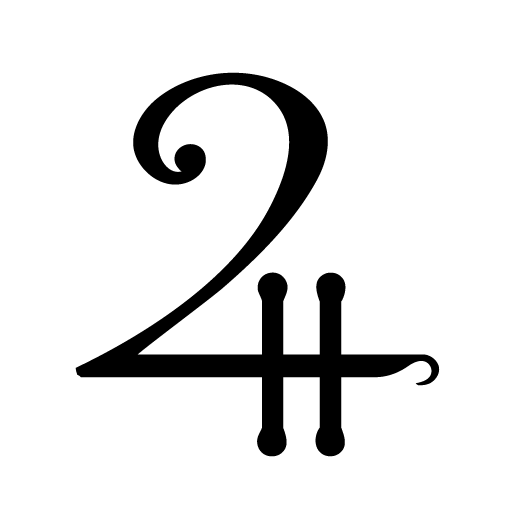Why maps?
From time to time I've heard readers of fantasy lament the inclusion of a map at the beginning of a book. Such a tired cliche, they say. How sad that, ever since Tolkien and Lewis, every fantasy author feels the need to include a sketchy layout of their imagined world.
A few of these critics admit that a map might be acceptable so long as it has a real, in-story reason for being there. Witness, for instance, Thorin's map leading to the Lonely Mountain, with its nifty moonlight lettering of secret instructions. The map's mentioned in the book. So it's ok.
Here's the thing. This is Secondary World fantasy we're talking about. Fantasy that takes place in an alternate reality bolstered by a "secondary belief" that the author (hopefully) evokes in the reader. We don't need maps for narratives that take place in the space of our primary belief, do we? We don't need a map of Harry Potter's England...it's just England. Open an atlas. Go to GoogleEarth. If we're told that James Bond takes a private jet from Heathrow to Monaco so that he can play baccarat, we can picture that trip. But if we're told that Eddard Stark needs to get from Winterfell to King's Landing, we have no context without a little cartography.
We take for granted the layout of the real world, our mother Earth. We can't do that for imagined worlds. These maps are necessary details that enrich the experience of the novel.
And maps are cool.

